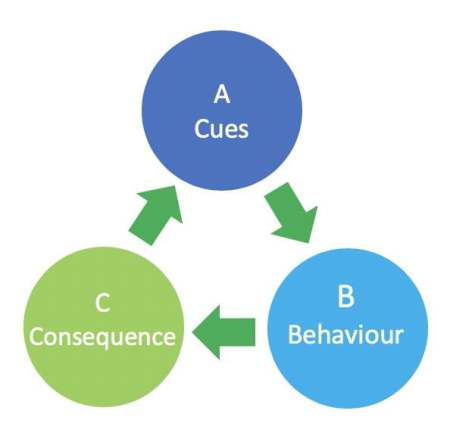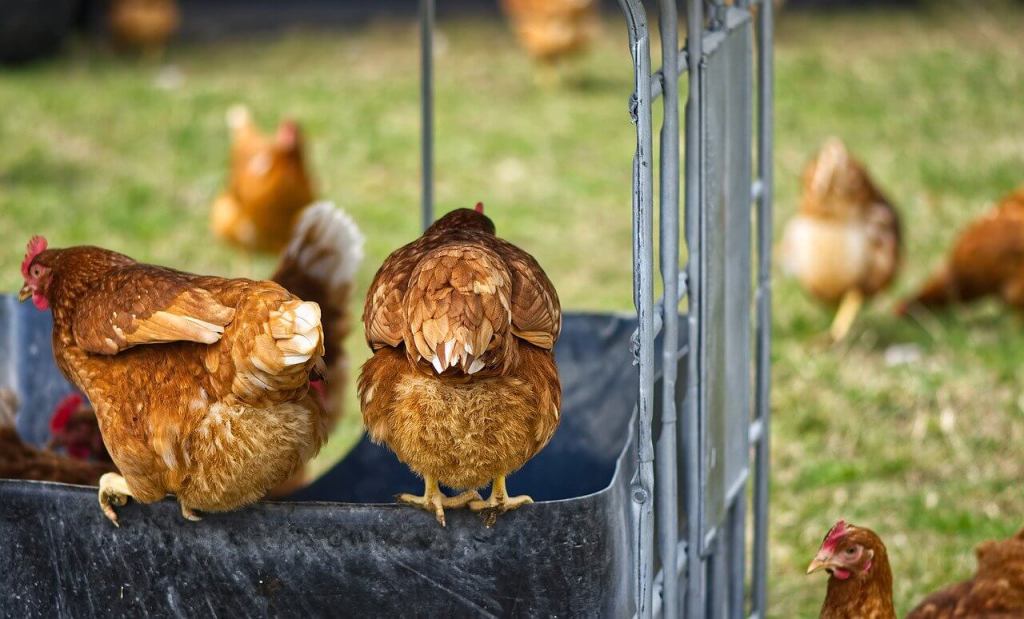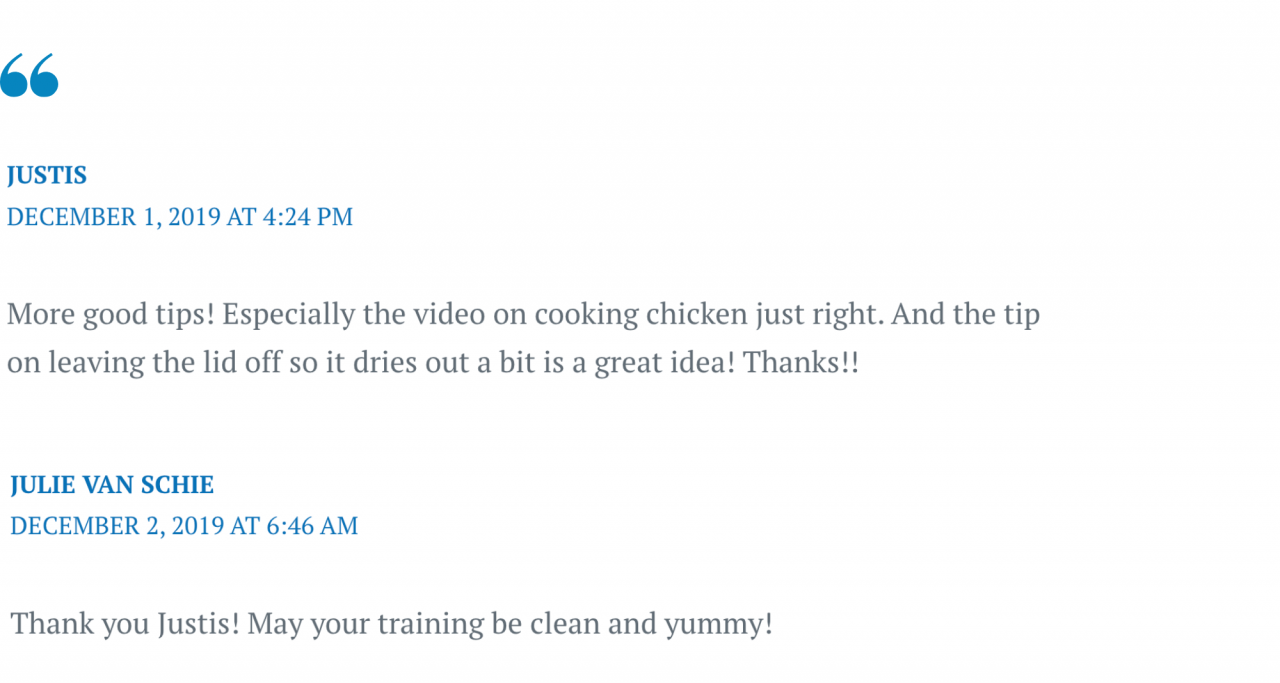For all the dogs who've touched our hearts
Choosing and Preparing Food for Successful Dog Training
The food you choose and the way you prepare it makes a big difference to success in training.

Choice and preparation
Your choice and preparation of food can make or break a training session.
Effective training works in loops or cycles. This is called the ABC’s of training:
A-antecedent/cue
B-behaviour
C-consequence

Understanding the ABC’s of training is a complicated topic beyond the scope of this article, so I'll save that for another blog. However it's important to understand the role that food plays – the C- Consequence.
A strong behaviour is built by giving the dog a consequence that's clear and motivating. You want your dog to eat the food quickly and then look to you for another piece - continuing the A B C loop.
As the loop continues, the dog grows more confident and the behaviour progresses. Mastery of a behaviour requires many successful repetitions of the cycle. Any time the loop slows or stalls, learning is interrupted.
Teaching a recall: an example
You're teaching a quick recall using a food throwing game (shown in the video below). Your dog is running enthusiastically in anticipation of the chase: chase > eat > turn > chase > eat > turn. Then the food gets lost in the grass.
Your dog spends seconds looking for the lost food before turning and trotting slowly to you. On the next throw they sniff around in the grass searching for more food. You’ve lost your momentum and are on the way to training a slow recall.
For the dog
It's their choice
The dog must want the food for it to be a reinforcer. It's our job to find food that's motivating to them.
This is always the dog’s choice.
The dog's choice doesn't mean an open invitation to the fridge. Nor is it laying out a smorgasbord each training session, just take the time to try a variety of foods and see what makes your dog’s eyes light up. This will give you a selection of great food to use in different situations.
Smelly
Don’t underestimate the importance of smell. Our dogs “see” the world through their noses, a wonderfully smelly piece of food is motivating and will help your dog find the food quickly.
The right kind of exciting
Dogs can become over-excited if the food is too high value, this makes it hard for them to think. There's a “Goldilocks” factor with finding the right food: not too boring, not too exciting but just right!
If the food isn't motivating enough your dog may wander off, sniff, or lack enthusiasm, if too motivating they may whine, bark, stare at the food and be incapable of responding to cues.


Harry shows how easy it is to see if your dog wants the food!

Easy and satisfying to eat
Most training goes best if the food is eaten quickly, maintaining a fluent ABC loop. To make this possible, you want the food moist and cut to an appropriate size.
Moist
In Australia one of our favourite crackers is the Salada. They're really dry and impossible to eat quickly because they suck the moisture out of your mouth. For a bit of fun check out these Aussie kids trying the Aussie Salada Challenge where they try to eat a whole cracker in less than one minute.
During a training session your dog can eat up to 60 small pieces of food. If the food is dry they can become parched and thirsty. Next time you want to use dried liver or biscuits for training, think of the Salada Challenge!
The right size
The food has to be big enough for your dog to want to work, but small enough that they don't get full too quickly.
A general rule for a medium sized dog is a square about the size of your small fingernail. For big dogs go larger, for tiny dogs smaller. Once again use your dog’s reaction to training as a way of gauging the right size.


Demi the Great Dane has a large piece of food, whereas Harry the Pomeranian (above) needs a tiny piece of food

Healthy
Your dog will eat a lot of food during training. To maintain a suitable weight, it's recommended that you substitute a meal in a bowl for a training session – or at least reduce regular meals. It's therefore important that your training food is healthy.
Good quality dog food rolls, baked chicken breast, roast beef or lamb are all great healthy training options. Reserve things like cheese, sausage, hotdog, kabana and other processed meats for special sessions where you want a bit of extra oomph. I use cheese when cleaning my dog’s teeth at night. He doesn’t get too much, and it helps motivate him to join in willingly.
Look for minimal processing, natural, moist, few or single ingredients. Low or no salt, additives, preservatives, colours or sugar.
For the person
Easy to handle
You need to be able to quickly and cleanly access and deliver the food. No fumbling, no sticking, no searching – no confusion for the dog.
Moist
The food must be moist enough for your dog to eat quickly, but firm enough for you to handle cleanly.
Find a consistency that enables you to easily select, hold and throw a piece of food. Some dog rolls are very mushy. They fall apart in the bowl or bag which makes it impossible to offer a clean delivery.
When you defrost cooked meats they can become slimy. Remedy this by leaving them in an open bowl in the fridge for several hours. Experiment with what works best.
Raw food is a great, healthy choice for meals but can present a challenge to deliver cleanly. It sticks together, gets stuck on your fingers and is hard to throw. If you're a raw feeder, consider par-cooking pieces of meat to reduce the stickiness.
The right size
Can you hold, drop and throw the food with ease? Can you fit 10 pieces and a clicker in the palm of your hand? Can you quickly pick one piece out of a bag of 60?
In order to train clearly and cleanly, your ability to handle the food is vital. Experiment with what works best for you as well as for your dog.
Make sure you do this outside of a formal training session, the time you work with your dog is not when you should be experimenting.
For the behaviour
Everything you teach benefits from using a reinforcement pattern that compliments the behaviour: feed in place for a stay, throw fast and far for a recall game. Having the right size, shape and colour food for the behaviour and environment can fast track learning.
Some guidelines:
Flat and thin when you want food to stay put.
Square or round and bouncy when you want it to run away.
If visibility is important, pick a food which stands out on the ground and cut it a bit larger.
If you want to encourage sniffing and seeking, choose food which blends in and cut it a bit smaller.

Dried food
Good quality dried food is an invaluable addition to training. Store it in small pots around the house for quick access to a food reinforcer. Keep a packet in the car for “just in case” times.
Liver treats
The age-old favourite! Dogs love them, they're easy to break into smaller pieces and last forever. They are, however, very high in Vitamin A which can lead to toxicity in some dogs. For further reading see: Dr Peter Dobias & vcahospital.
Use liver treats sparingly.
Kibble
If you feed your dogs kibble (dried dog food) you can have this in pots around the house and remove some from daily meals.
Please look into buying the best quality you can afford. Look past the weasel words and pretty pictures on the front and read the label. Check out independent resources like Whole Dog Journal for reviews.
Dried meats and jerky
Another useful addition to your reinforcement options. These are great to have for one-off reinforcers. Bear in mind they're tough, chewy and will not allow for quick repetition of behaviour, but they can be useful if you want to keep your dog busy, such as when other dogs walk by.
Once again read the packet to check the ingredients. Buy the least processed, most local product that you can afford.
Freeze or air-dried food
There are a variety of freeze or air-dried dog foods on the market. My personal favourite is Ziwi Peak. It's healthy, ethically sourced, and the dogs love it! Even my fussy elderly dog goes silly over it. It comes in a variety of meat types, is the perfect size for a medium dog and easily breaks in half for a smaller dog.
It is expensive, but I consider it an investment in my dogs’ future health.
Ethical
One final consideration when purchasing food is its ethical background. You may think about:
- Was the animal humanely farmed or sourced?
- Was the labour involved in making it treated and paid fairly?
- Was testing on animals involved?
- What environmental impacts are there?
- How have the companies responded to criticisms?
If you're interested you could take a look at the following websites for more information:

A final word
There's a lot to consider when choosing and preparing food for an effective training session. Using our food reinforcers well enhances communication and reduces stress and confusion.
The next time you take your dog out to train, first consider your food: what are you going to train? What type, size, colour of food would be best? Does your dog love it? And then go enjoy training together!

References
Learning about dogs, Teaching with Reinforcement, Kay Laurence
Study finds new links between dogs' smell and vision, Cornell Chronicle, Cornell University
Loopy Training, Efficiently Teach Complex Behaviours, Alexandra Kurland, Video on Demand, Karen Pryor Clicker Training.
You might also like



Comments

Comments
Never miss a thing!

 Julie van Schie
Julie van Schie 



